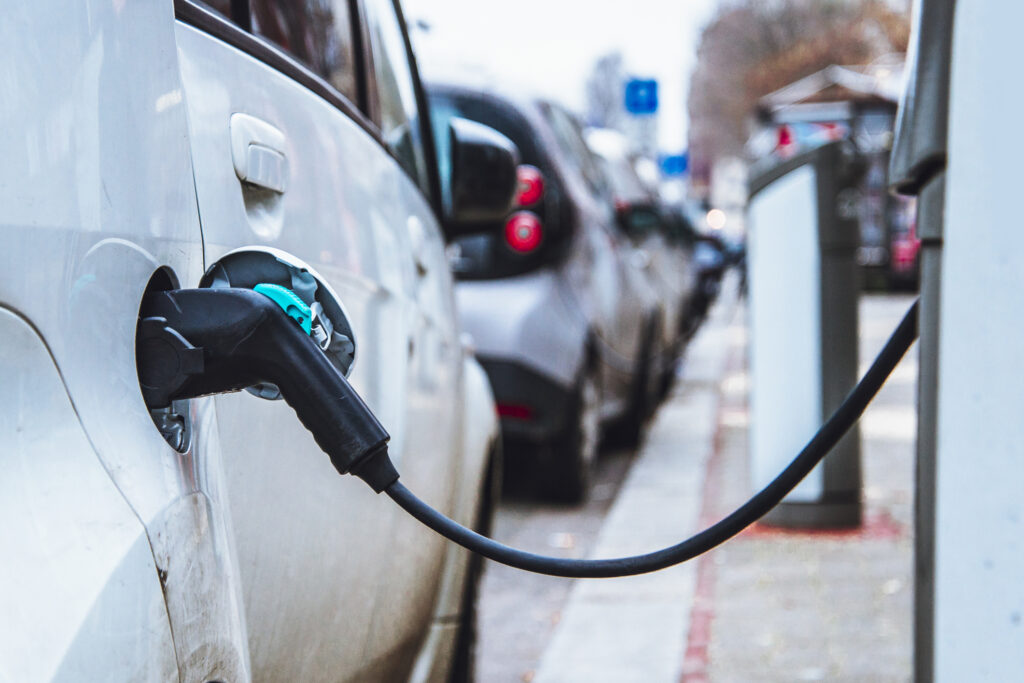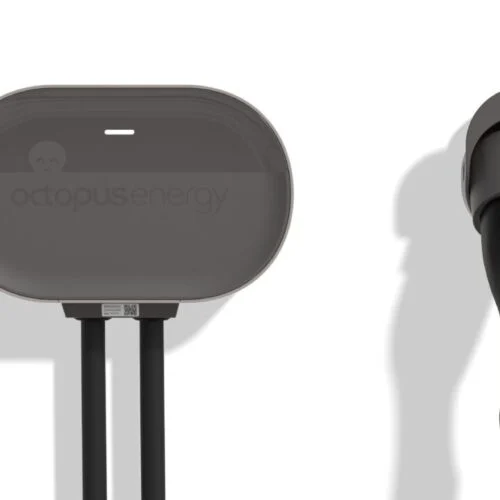National Grid has said that ‘pinch points’ in both local distribution grids and household electrical set-ups could slow the transition to electric vehicles in the UK.
However the system operator has identified a possible solution: the establishment of super-fast charging forecourts up and down the country to replace the nation’s fleet of petrol stations.
Late last week National Grid published its latest analyst report on EV infrastructure – ‘Forecourt Thoughts’ – following on from its myth buster document designed to counter national newspaper reports which misconstrued findings included within its Future Energy Scenarios document.
Forecourt Thoughts focuses on one major obstacle to EVs, namely the charging infrastructure required to operate them. ZapMap states there to be a total of 14,141 public connectors spread across little more than 5,000 locations in the country and while the majority of EV charging is currently done at home, this figure will still have to increase in line with EV adoption.
A large number of EV owners have installed domestic chargers allowing them to charge or top-up their vehicles at home, however National Grid has identified flaws which may restrict this from taking off further.
Not only do an estimated 43% of homes in the UK not have access to off-street parking, the average mains fuse capacity in domestic properties – between 60 and 80 amps – prohibits the capacity of chargers that can be realistically installed.
A 3.5kW charger – the standard entry-level capacity – consumes 16 amps of electricity when in use, however that charge level would be inadequate to charge EVs when battery capacities head towards 90kWh, as they are expected to do.
An 11kW charger meanwhile would consume 48 amps, more than half the capacity of a standard domestic mains fuse, and mean that other high-consumption electrical appliances like kettles or ovens would not be able to be used while the vehicle was charging.
While some houses are being fitted with 100 amp mains fuses that would enable 22kW chargers (capable of charging an electric vehicle from 25% to 100% within three hours), National Grid has still concluded household electrical capabilities to be one “pinch point” that would stand to constrain EV uptake.
Local flexibility and fire safety
Another such pinch point would be substations and peripheral routes and branches within local distribution networks. My Electric Avenue, a three-year experiment funded by Ofgem and launched by distribution network operator SSEN, reported local voltage issues when five 3.5kW chargers were connected and charging at the same time.
Addressing such constraints would likely costs DNOs significant sums in reinforcement works.
And speaking at an industry event last month Mark Dale, innovations engineer at Western Power Distribution, warned of safety issues connecting chargers that increase a households’s demand to more than 60 amps without notifying DNOs as they are required to prior to their installation.
“It’s the installer’s responsibility to do that and it’s not happening. All the other DNOs are seeing the same; we’re getting installers that are installing units and are stating on the form that the demand is greater than 60 amps [but] connecting them anyway and we don’t get to hear about it until its 3-4 months down the line. It’s an issue that we’re taking up with the ENA and will be talking to OLEV about it.
“The issue is if the combined load of the EV and the house is 60 amps, we need to look at the service that supplies the house and make sure it’s not overloaded. If it goes over 60 amps it needs a network assessment to make sure that the cable service and the fuse is capable of taking that load. The issue is if it overloads the fuse blows and gets hot, the cable gets hot and it’s a [fire] safety issue,” Dale said.
While smart chargers would help alleviate some grid stability issues, National Grid has said the smarter option may be to initiate the development of much larger forecourts fitted with numerous super-chargers of 150kW capacity – and 350kW when they become available – mimicking current combustion engine refuelling habits.
A 350kW charger could refuel a standard EV battery within four minutes and a 90kWh battery within 12 minutes. National Grid has argued that a forecourt of nine 350kW pumps would require an infrastructure capable of handling 3.1MW of supply and a direct connection above 240V.
National Grid has said that for these to take off the “chicken and egg cycle” will have to be cracked and someone will have to take the lead. Supermarkets could be ideally placed to take the lead, however National Grid has also mooted the idea of network owners and suppliers collaborating to reduce the need for network reinforcement costs by establishing such forecourts in their patch.
“If we want long range vehicles that can be charged in minutes, home is not going to be the place to do it. And it certainly won’t be for nearly half of householders who do not have access to off street parking,” the report argues.






